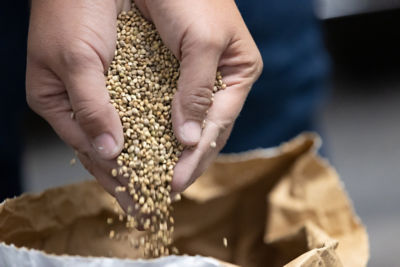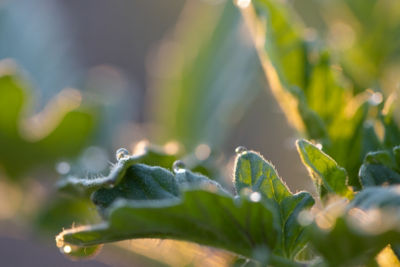Causal Agent
Ralstonia solanacearum (synonym = Burkholderia solanacearum, Pseudomonas solanacearum)
Distribution
Worldwide in the tropics, semi-tropics and some temperate regions
Symptoms
In tropical and subtropical regions, affected plants may wilt and die within days of infection. Leaves may appear healthy or only slightly yellow prior to plant death. Under temperate conditions, infected plants develop a slower, progressive wilt in which leaves turn yellow. The lower stems of affected plants develop dark, vascular browning that often extends into the cortical and pith tissues. When stems of symptomatic plants are cut and placed in water, milky white streams of bacteria flow from cut ends.
 Mild (left) and severe (right) vascular discoloration of pepper.
Mild (left) and severe (right) vascular discoloration of pepper.
Conditions for Development
Ralstonia Solanacearum is soilborne and can survive for long periods in the soil on roots and debris. The bacterium infects roots through wounds caused by nematode feeding, transplanting and cultivation. High temperatures and high soil moisture generally favor the disease. Bacteria is spread in irrigation water, diseased transplants and in soil moved with cultivation equipment.
Control
When possible, avoid land with a history of Bacterial Wilt. Commercial pepper and eggplant varieties with intermediate resistance to Bacterial Wilt are available. Resistant rootstocks are also available. A soil pH between 5.5 and 7.0, good soil drainage and raised beds help alleviate disease pressure. Rotate to non-host crops in order to lower the population of bacteria in the soil.




